Evisno - Majormajor



More Posts from Evisno and Others
Solar System: Things to Know This Week
Mark your calendars for summer 2018: That’s when we’re launching a spacecraft to touch the sun.
In honor of our first-ever mission to the heart of the solar system, this week we’re delving into the life and times of this powerful yellow dwarf star.

1. Meet Parker
Parker Solar Probe, our first mission to go to the sun, is named after Eugene Parker, an American astrophysicist who first theorized that the sun constantly sends out a flow of particles and energy called the solar wind. This historic mission will explore one of the last regions of the solar system to be visited by a spacecraft and help scientists unlock answers to questions they’ve been pondering for more than five decades.

2. Extra SPF, Please
Parker Solar Probe will swoop within 4 million miles of the sun’s surface, facing heat and radiation like no spacecraft before it. The mission will provide new data on solar activity to help us better understand our home star and its activity - information that can improve forecasts of major space-weather events that could impact life on Earth.

3. Majorly Massive
The sun is the center of our solar system and makes up 99.8 percent of the mass of the entire solar system. If the sun were as tall as a typical front door, Earth would be about the size of a nickel.
4. Different Spin
Since the sun is not a solid body, different parts of the sun rotate at different rates. At the equator, the sun spins once about every 25 days, but at its poles the sun rotates once on its axis every 36 Earth days.

5. Can’t Stand on It
The sun is a star and a star doesn’t have a solid surface. Rather, it’s a ball of ionized gas 92.1% hydrogen (H2) and 7.8% helium (He) held together by its own gravity.
6. Center of Attention
The sun isn’t a planet, so it doesn’t have any moons. But, the sun is orbited by eight planets, at least five dwarf planets, tens of thousands of asteroids, and hundreds of thousands to trillions of comets and icy bodies.

7. It’s Hot in There
And we mean really, really hot. The temperature at the sun’s core is about 27 million degrees Fahrenheit. However, its atmosphere, the corona, can reach temperatures of 3 million degrees. (That’s as if it got hotter the farther away you got from a fire, instead of cooler!) Parker Solar Probe will help scientists solve the mystery of why the corona’s temperature is so much higher than the surface.

8. Travel Conditions
The sun influences the entire solar system, so studying it helps us better understand the space weather that our astronauts and spacecraft travel through.
9. Life on the Sun?
Better to admire from afar. Thanks to its hot, energetic mix of gases and plasma, the sun can’t be home to living things. However, we can thank the sun for making life on Earth possible by providing the warmth and energy that supply Earth’s food chain.
10. Chance of a Lifetime
Last but not least, don’t forget that the first total solar eclipse to sweep across the U.S. from coast-to-coast since 1918 is happening on August 21, 2017. Our toolkit has you need to know to about it.
Want to learn more? Read our full list of the 10 things to know this week about the solar system HERE.
Make sure to follow us on Tumblr for your regular dose of space: http://nasa.tumblr.com

Pitch Black: Cosmic Clumps Cast the Darkest Shadows
Astronomers have found cosmic clumps so dark, dense and dusty that they throw the deepest shadows ever recorded. Infrared observations from NASA’s Spitzer Space Telescope of these blackest-of-black regions paradoxically light the way to understanding how the brightest stars form.
The clumps represent the darkest portions of a huge, cosmic cloud of gas and dust located about 16,000 light-years away. A new study takes advantage of the shadows cast by these clumps to measure the cloud’s structure and mass.
Continue Reading
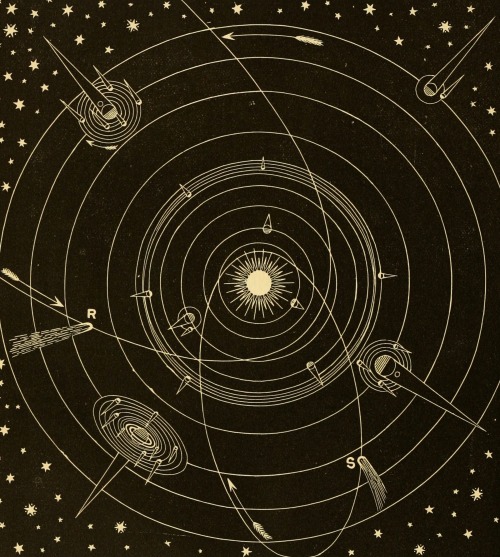
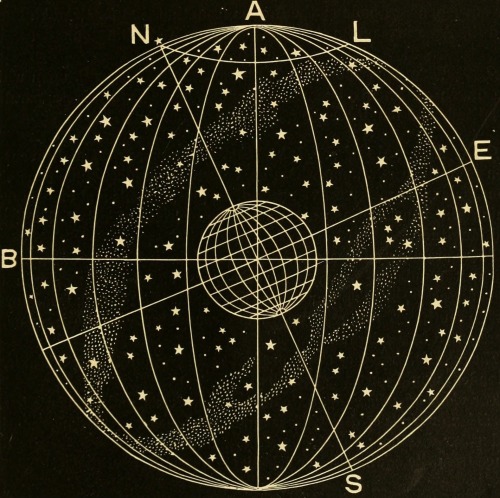
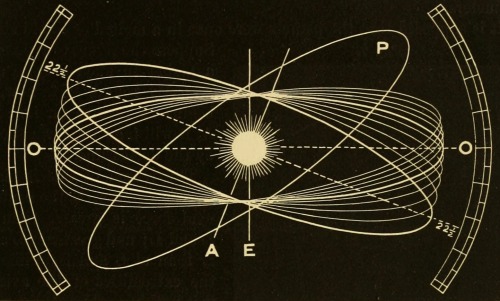
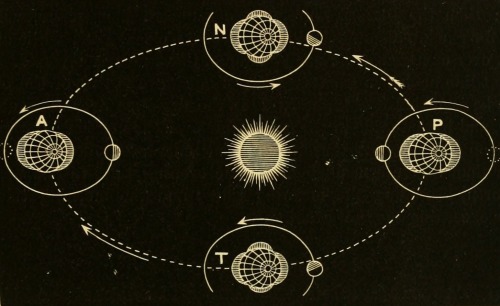
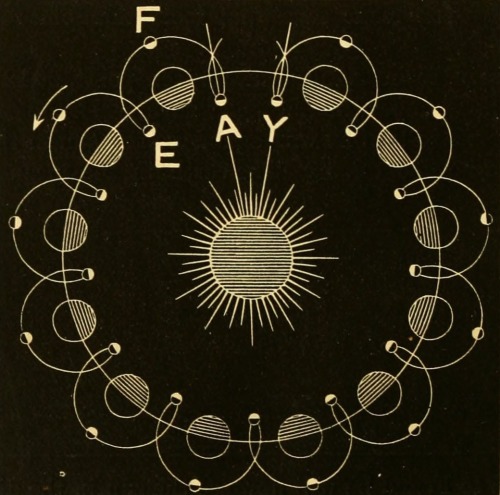
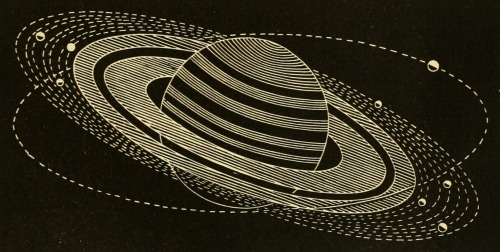
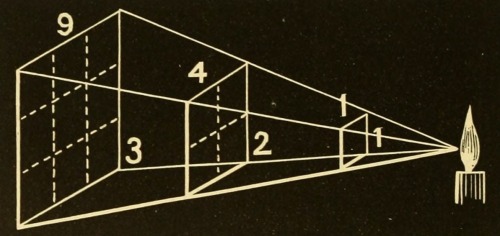
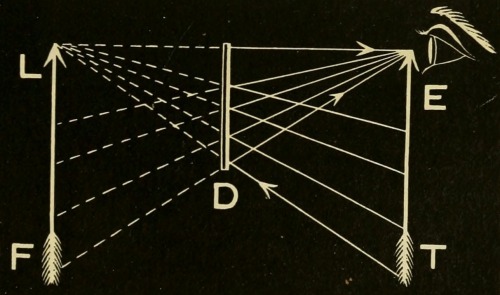
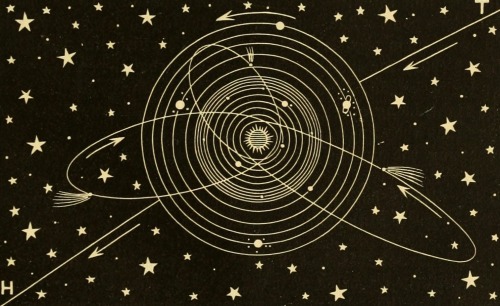

Frank G. Johnson. Solar System, Celestial and Terrestrial Latitude, The Ecliptic, Spring and Neap Tides, The Moon’s Path Around the Sun, Saturn’s Rings, Intensity of Light at Different Distances, The Optics of Plane Mirrors, The Orbit of the Sun, Method of Adjusting the Pupil or Aperture of the Eye. Johnson’s Natural Philosophy, and Key to Philosophical Charts. 1872.
Habe Mut, dich deines eigenen Verstandes zu bedienen.
Have the courage to use your own mind.
Immanuel Kant (1724 – 1804), German philosopher
(via jedentageinzitat)






In the garden. Värmland, Sweden (October 23, 2015).
Largest Batch of Earth-size, Habitable Zone Planets
Our Spitzer Space Telescope has revealed the first known system of seven Earth-size planets around a single star. Three of these planets are firmly located in an area called the habitable zone, where liquid water is most likely to exist on a rocky planet.
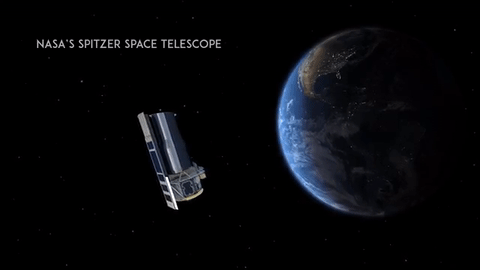
This exoplanet system is called TRAPPIST-1, named for The Transiting Planets and Planetesimals Small Telescope (TRAPPIST) in Chile. In May 2016, researchers using TRAPPIST announced they had discovered three planets in the system.

Assisted by several ground-based telescopes, Spitzer confirmed the existence of two of these planets and discovered five additional ones, increasing the number of known planets in the system to seven.
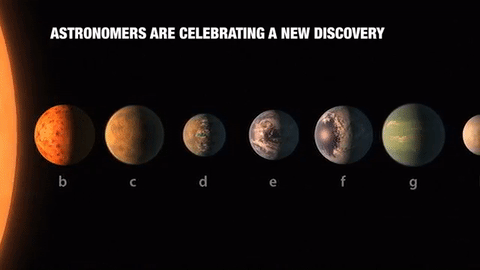
This is the FIRST time three terrestrial planets have been found in the habitable zone of a star, and this is the FIRST time we have been able to measure both the masses and the radius for habitable zone Earth-sized planets.
All of these seven planets could have liquid water, key to life as we know it, under the right atmospheric conditions, but the chances are highest with the three in the habitable zone.

At about 40 light-years (235 trillion miles) from Earth, the system of planets is relatively close to us, in the constellation Aquarius. Because they are located outside of our solar system, these planets are scientifically known as exoplanets. To clarify, exoplanets are planets outside our solar system that orbit a sun-like star.

In this animation, you can see the planets orbiting the star, with the green area representing the famous habitable zone, defined as the range of distance to the star for which an Earth-like planet is the most likely to harbor abundant liquid water on its surface. Planets e, f and g fall in the habitable zone of the star.
Using Spitzer data, the team precisely measured the sizes of the seven planets and developed first estimates of the masses of six of them. The mass of the seventh and farthest exoplanet has not yet been estimated.

For comparison…if our sun was the size of a basketball, the TRAPPIST-1 star would be the size of a golf ball.
Based on their densities, all of the TRAPPIST-1 planets are likely to be rocky. Further observations will not only help determine whether they are rich in water, but also possibly reveal whether any could have liquid water on their surfaces.
The sun at the center of this system is classified as an ultra-cool dwarf and is so cool that liquid water could survive on planets orbiting very close to it, closer than is possible on planets in our solar system. All seven of the TRAPPIST-1 planetary orbits are closer to their host star than Mercury is to our sun.

The planets also are very close to each other. How close? Well, if a person was standing on one of the planet’s surface, they could gaze up and potentially see geological features or clouds of neighboring worlds, which would sometimes appear larger than the moon in Earth’s sky.

The planets may also be tidally-locked to their star, which means the same side of the planet is always facing the star, therefore each side is either perpetual day or night. This could mean they have weather patterns totally unlike those on Earth, such as strong wind blowing from the day side to the night side, and extreme temperature changes.

Because most TRAPPIST-1 planets are likely to be rocky, and they are very close to one another, scientists view the Galilean moons of Jupiter – lo, Europa, Callisto, Ganymede – as good comparisons in our solar system. All of these moons are also tidally locked to Jupiter. The TRAPPIST-1 star is only slightly wider than Jupiter, yet much warmer.
How Did the Spitzer Space Telescope Detect this System?
Spitzer, an infrared telescope that trails Earth as it orbits the sun, was well-suited for studying TRAPPIST-1 because the star glows brightest in infrared light, whose wavelengths are longer than the eye can see. Spitzer is uniquely positioned in its orbit to observe enough crossing (aka transits) of the planets in front of the host star to reveal the complex architecture of the system.

Every time a planet passes by, or transits, a star, it blocks out some light. Spitzer measured the dips in light and based on how big the dip, you can determine the size of the planet. The timing of the transits tells you how long it takes for the planet to orbit the star.

The TRAPPIST-1 system provides one of the best opportunities in the next decade to study the atmospheres around Earth-size planets. Spitzer, Hubble and Kepler will help astronomers plan for follow-up studies using our upcoming James Webb Space Telescope, launching in 2018. With much greater sensitivity, Webb will be able to detect the chemical fingerprints of water, methane, oxygen, ozone and other components of a planet’s atmosphere.
At 40 light-years away, humans won’t be visiting this system in person anytime soon…that said…this poster can help us imagine what it would be like:

Make sure to follow us on Tumblr for your regular dose of space: http://nasa.tumblr.com
Solar System: Things to Know This Week
Learn the latest on Cassini’s Grand Finale, Pluto, Hubble Space Telescope and the Red Planet.
1. Cassini’s Grand Finale

After more than 12 years at Saturn, our Cassini mission has entered the final year of its epic voyage to the giant planet and its family of moons. But the journey isn’t over. The upcoming months will be like a whole new mission, with lots of new science and a truly thrilling ride in the unexplored space near the rings. Later this year, the spacecraft will fly repeatedly just outside the rings, capturing the closest views ever. Then, it will actually orbit inside the gap between the rings and the planet’s cloud tops.
Get details on Cassini’s final mission
The von Kármán Lecture Series: 2016
2. Chandra X-Rays Pluto

As the New Horizon’s mission headed to Pluto, our Chandra X-Ray Observatory made the first detection of the planet in X-rays. Chandra’s observations offer new insight into the space environment surrounding the largest and best-known object in the solar system’s outermost regions.
See Pluto’s X-Ray
3. … And Then Pluto Painted the Town Red

When the cameras on our approaching New Horizons spacecraft first spotted the large reddish polar region on Pluto’s largest moon, Charon, mission scientists knew two things: they’d never seen anything like it before, and they couldn’t wait to get the story behind it. After analyzing the images and other data that New Horizons has sent back from its July 2015 flight through the Pluto system, scientists think they’ve solved the mystery. Charon’s polar coloring comes from Pluto itself—as methane gas that escapes from Pluto’s atmosphere and becomes trapped by the moon’s gravity and freezes to the cold, icy surface at Charon’s pole.
Get the details
4. Pretty as a Postcard

The famed red-rock deserts of the American Southwest and recent images of Mars bear a striking similarity. New color images returned by our Curiosity Mars rover reveal the layered geologic past of the Red Planet in stunning detail.
More images
5. Things Fall Apart

Our Hubble Space Telescope recently observed a comet breaking apart. In a series of images taken over a three-day span in January 2016, Hubble captured images of 25 building-size blocks made of a mixture of ice and dust drifting away from the comet. The resulting debris is now scattered along a 3,000-mile-long trail, larger than the width of the continental U.S.
Learn more
Discover the full list of 10 things to know about our solar system this week HERE.
Make sure to follow us on Tumblr for your regular dose of space: http://nasa.tumblr.com

Star Clouds Toward the Southern Crown

Transit of Venus
js









We’re Way Below Average! Astronomers Say Milky Way Resides In A Great Cosmic Void
“If there weren’t a large cosmic void that our Milky Way resided in, this tension between different ways of measuring the Hubble expansion rate would pose a big problem. Either there would be a systematic error affecting one of the methods of measuring it, or the Universe’s dark energy properties could be changing with time. But right now, all signs are pointing to a simple cosmic explanation that would resolve it all: we’re simply a bit below average when it comes to density.”
When you think of the Universe on the largest scales, you likely think of galaxies grouped and clustered together in huge, massive collections, separated by enormous cosmic voids. But there’s another kind of cluster-and-void out there: a very large volume of space that has its own galaxies, clusters and voids, but is simply higher or lower in density than average. If our galaxy resided near the center of one such region, we’d measure the expansion rate of the Universe to be higher-or-lower than average when we used nearby techniques. But if we measured the global expansion rate, such as via baryon acoustic oscillations or the fluctuations in the cosmic microwave background, we’d actually arrive at the true, average rate.
We’ve been seeing an important discrepancy for years, and yet the cause might simply be that the Milky Way lives in a large cosmic void. The data supports it, too! Get the story today.